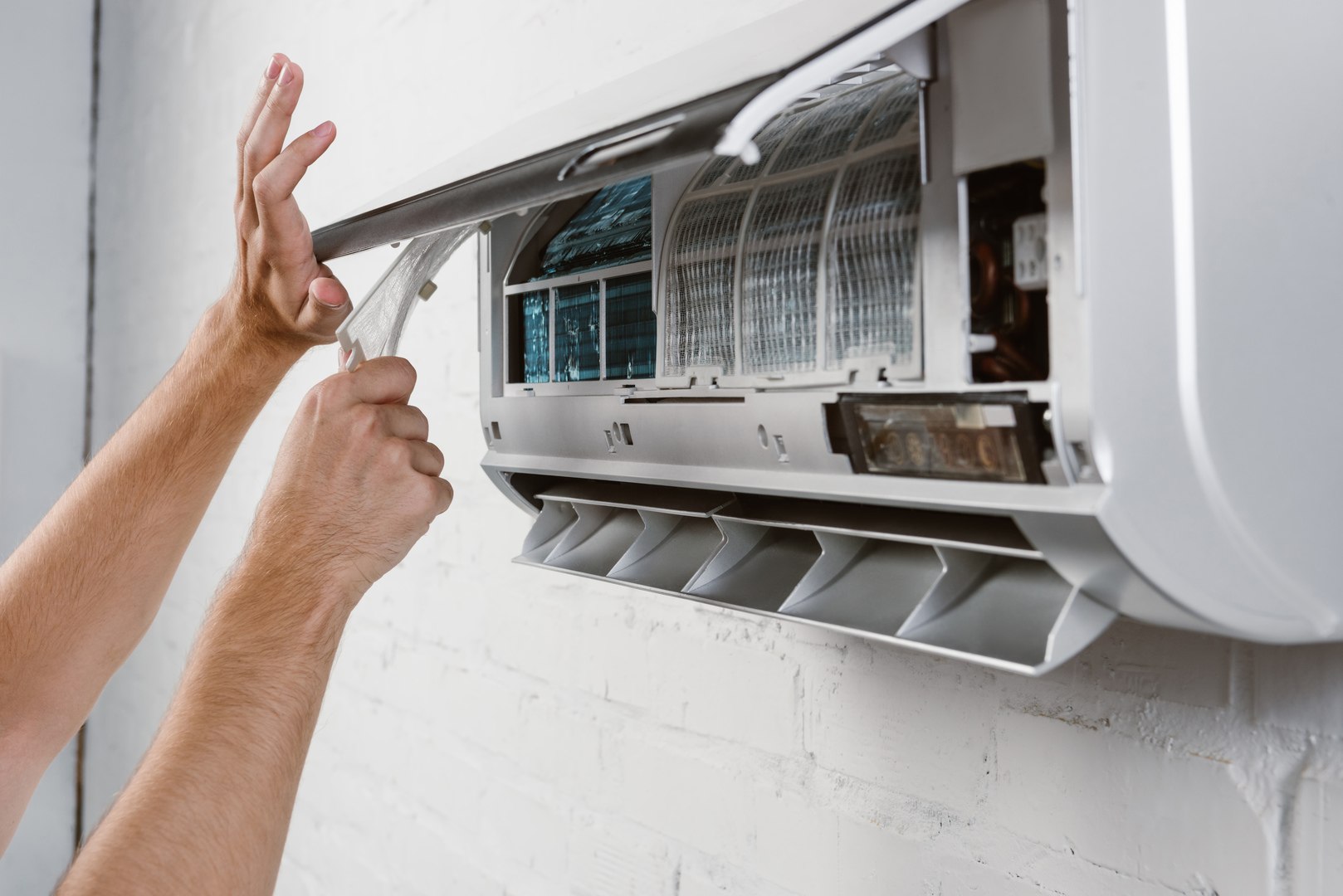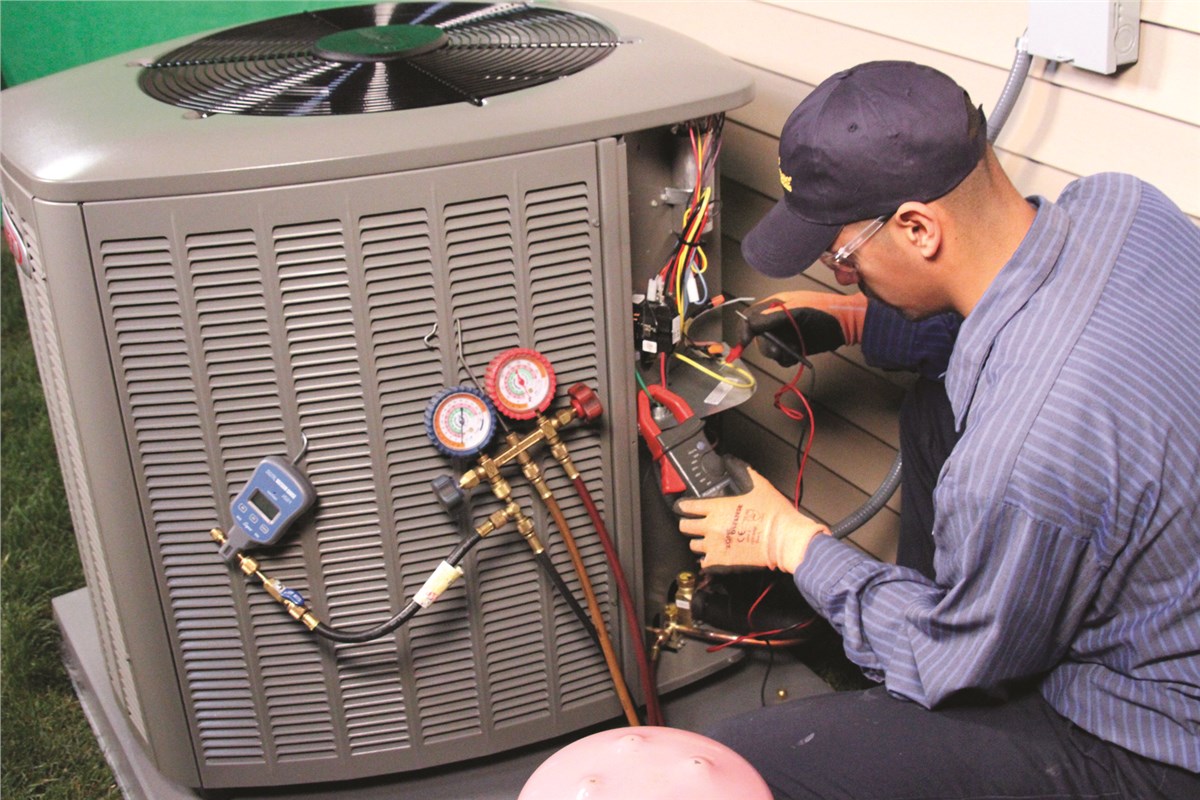Air Conditioner Repair Mount Sterling Ky

Summer in Mount Sterling, KY, can be brutal, and a malfunctioning air conditioner is a homeowner's nightmare. Before calling a professional, there are several simple troubleshooting steps you can take to potentially diagnose and even fix the problem yourself. This guide will walk you through common AC issues and provide a safe, step-by-step approach to restoring your cool air.
Common AC Problems: A Quick Overview
Air conditioners, while relatively reliable, can experience a range of issues. Some are minor and easily addressed, while others require professional expertise. Here's a look at some common culprits:
- No Power: The AC unit doesn't turn on at all.
- Weak Airflow: Air is blowing, but it's not as strong or cold as usual.
- Strange Noises: Banging, rattling, or hissing sounds coming from the unit.
- Unit Cycles On and Off Rapidly (Short Cycling): The AC turns on and off frequently.
- Water Leaks: Water dripping from the indoor or outdoor unit.
- Ice Formation: Ice accumulating on the coils of the indoor or outdoor unit.
Troubleshooting Your AC: A Step-by-Step Guide
Step 1: Safety First!
Before you begin any troubleshooting, it's crucial to prioritize your safety:
- Turn off the power: Locate the circuit breaker that controls your AC unit and switch it to the "off" position. This is essential to prevent electric shock.
- Wait for the unit to completely stop: Before touching any components, ensure the fan and compressor have completely stopped running.
- Never work on a wet unit: If there's water leaking or standing near the unit, do not attempt any repairs. Call a qualified technician.
Step 2: Check the Power Supply
A simple power issue is often the cause of an AC malfunction. Start by verifying the following:
- Circuit Breaker: Go to your electrical panel and confirm that the circuit breaker for the AC unit hasn't tripped. If it has, reset it by switching it to the "off" position and then back to the "on" position. If the breaker trips again immediately, do not continue to reset it. This indicates a more serious electrical problem that requires professional attention.
- Power Switch: Many AC units have a separate power switch located near the outdoor unit. Make sure this switch is in the "on" position.
- Inspect the Cord and Plug: Check the power cord and plug for any signs of damage, such as frayed wires or a broken plug. If you notice any damage, do not attempt to repair it yourself. Replace the cord or plug, or call a professional electrician.
Step 3: Thermostat Settings
Sometimes, the problem isn't with the AC unit itself, but with the thermostat settings:
- Mode Setting: Ensure the thermostat is set to "cool" or "auto." The "fan only" setting will circulate air but won't cool the room.
- Temperature Setting: Make sure the temperature setting is lower than the current room temperature. If the thermostat is set higher than the room temperature, the AC won't turn on.
- Battery Check: If you have a digital thermostat, check the batteries. A low battery can cause erratic behavior or prevent the thermostat from functioning properly. Replace the batteries with fresh ones.
- Thermostat Calibration: Some thermostats can be miscalibrated, leading to inaccurate temperature readings. Consult your thermostat's manual for instructions on how to calibrate it.
Step 4: Air Filter Inspection and Replacement
A dirty air filter is one of the most common causes of AC problems. A clogged filter restricts airflow, making the unit work harder and less efficiently. It can also lead to frozen coils.
- Locate the Air Filter: The air filter is typically located in the indoor unit, either in the blower compartment or in a wall-mounted return air grille. Consult your AC unit's manual if you're unsure of its location.
- Inspect the Filter: Remove the air filter and hold it up to the light. If you can't see light through it, it's time to replace it.
- Replace the Filter: Purchase a new air filter of the correct size and type. You can usually find this information on the old filter or in your AC unit's manual. Insert the new filter, making sure the arrow on the filter points in the direction of airflow.
- Frequency of Replacement: Generally, you should replace your air filter every 1-3 months, depending on usage and air quality. If you have pets or allergies, you may need to replace it more frequently.
Step 5: Check the Outdoor Unit
The outdoor unit, also known as the condenser, plays a crucial role in the cooling process. Make sure it's free of obstructions and debris:
- Clear Obstructions: Remove any leaves, branches, grass, or other debris that may be blocking the airflow around the unit. Ensure there's at least two feet of clear space around the unit.
- Clean the Fins: The fins on the outdoor unit can become clogged with dirt and debris, reducing its efficiency. Use a garden hose with a gentle spray nozzle to clean the fins. Spray from the inside out to avoid bending them. Do not use a pressure washer, as this can damage the fins.
- Inspect for Damage: Visually inspect the outdoor unit for any signs of damage, such as bent fins, leaks, or damaged wiring. If you notice any significant damage, call a professional technician.
Step 6: Condensate Drain Line
Your AC unit produces condensation, which is drained through a condensate drain line. A clogged drain line can cause water leaks and even damage to your home.
- Locate the Drain Line: The condensate drain line is typically a PVC pipe that extends from the indoor unit.
- Check for Clogs: Look for any signs of blockage in the drain line, such as standing water or debris.
- Clear the Drain Line: You can try clearing the drain line with a wet/dry vacuum. Attach the vacuum hose to the end of the drain line and run it for a few minutes to suck out any clogs. You can also try pouring a cup of distilled vinegar into the drain line to dissolve any buildup. Do not use harsh chemicals like bleach, as they can damage the unit.
Step 7: Ice Formation
Ice forming on the coils of the indoor or outdoor unit is a sign of a problem. Common causes include:
- Restricted Airflow: A dirty air filter is the most common cause of ice formation. Replace the air filter as described in Step 4.
- Low Refrigerant: Low refrigerant levels can also cause ice formation. This is a more serious issue that requires professional attention.
- Blocked Air Vents: Make sure that all air vents in your home are open and unobstructed.
If you notice ice formation, turn off the AC unit and allow the ice to melt completely before attempting any further troubleshooting. If the ice reforms quickly after turning the unit back on, call a professional technician.
When to Call a Professional (Mount Sterling, KY)
While many AC problems can be resolved with simple DIY troubleshooting, some issues require the expertise of a qualified HVAC technician. Never attempt repairs that you are not comfortable with or that involve electricity, gas, or complex components.
Here are some situations where you should call a professional AC repair service in Mount Sterling, KY:
- Refrigerant Leaks: Refrigerant is a hazardous substance, and handling it requires specialized equipment and training. If you suspect a refrigerant leak (e.g., you notice a sweet, musty odor or hear a hissing sound), call a professional immediately.
- Electrical Problems: Any electrical repairs beyond checking the circuit breaker and power cord should be left to a qualified electrician.
- Compressor Issues: The compressor is the heart of the AC unit, and any problems with it require specialized knowledge and tools.
- Strange Noises: Loud banging, rattling, or hissing noises can indicate serious mechanical problems that require professional attention.
- Persistent Problems: If you've tried the troubleshooting steps outlined in this guide and your AC unit is still not working properly, it's time to call a professional.
- Warranty: If your AC unit is still under warranty, attempting repairs yourself may void the warranty. Check the terms of your warranty before attempting any repairs.
Finding a Reputable AC Repair Service in Mount Sterling, KY:
When choosing an AC repair service, consider the following:
- Licensing and Insurance: Make sure the company is licensed and insured. This protects you in case of accidents or damage.
- Experience: Choose a company with a proven track record of providing reliable AC repair services in Mount Sterling, KY.
- Reviews and Testimonials: Read online reviews and testimonials to get an idea of the company's reputation and customer service.
- Pricing: Get quotes from multiple companies before making a decision. Be wary of companies that offer extremely low prices, as this may indicate substandard work.
- Warranty: Ask about the company's warranty on repairs.
By following these troubleshooting steps and knowing when to call a professional, you can keep your AC unit running smoothly and comfortably cool your home throughout the summer in Mount Sterling, KY. Remember, safety is always the top priority. Don't hesitate to contact a qualified HVAC technician if you have any doubts or concerns.










